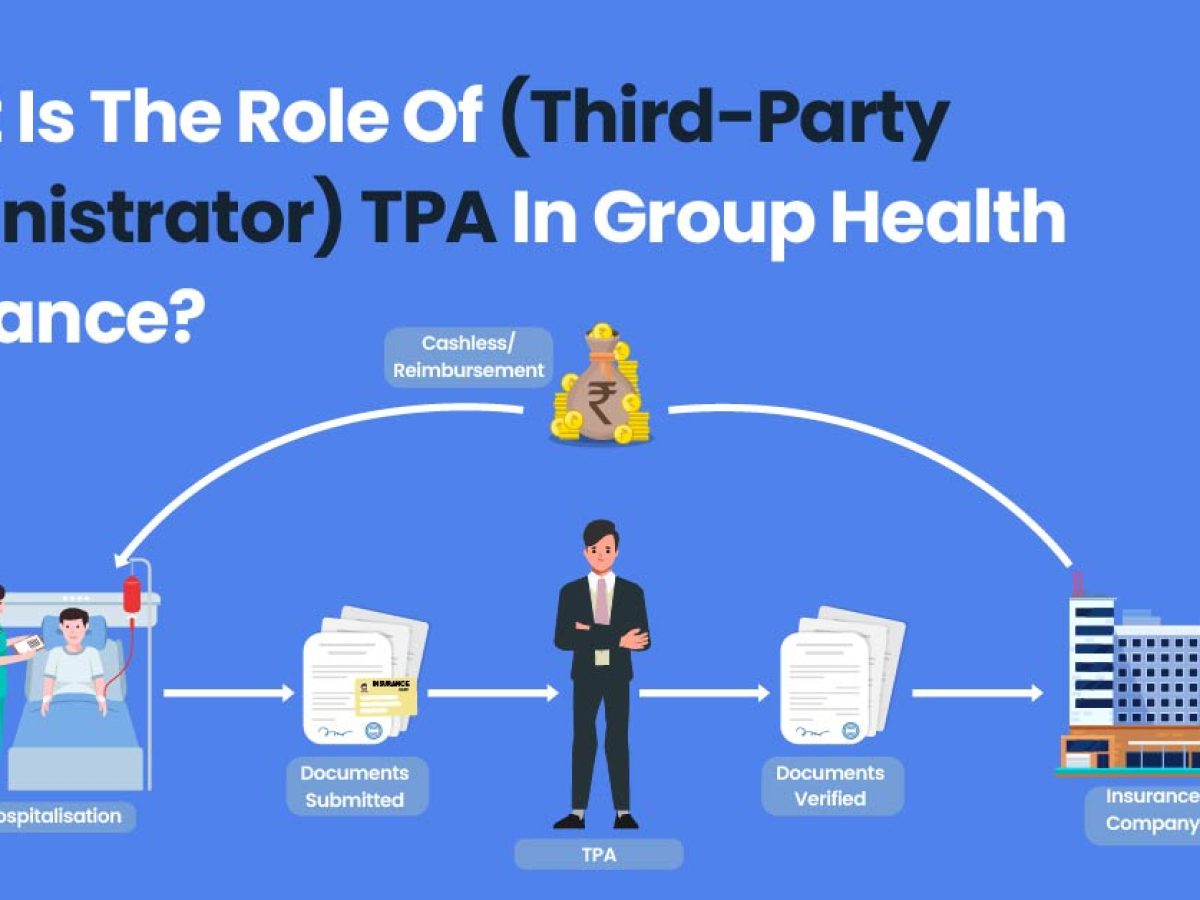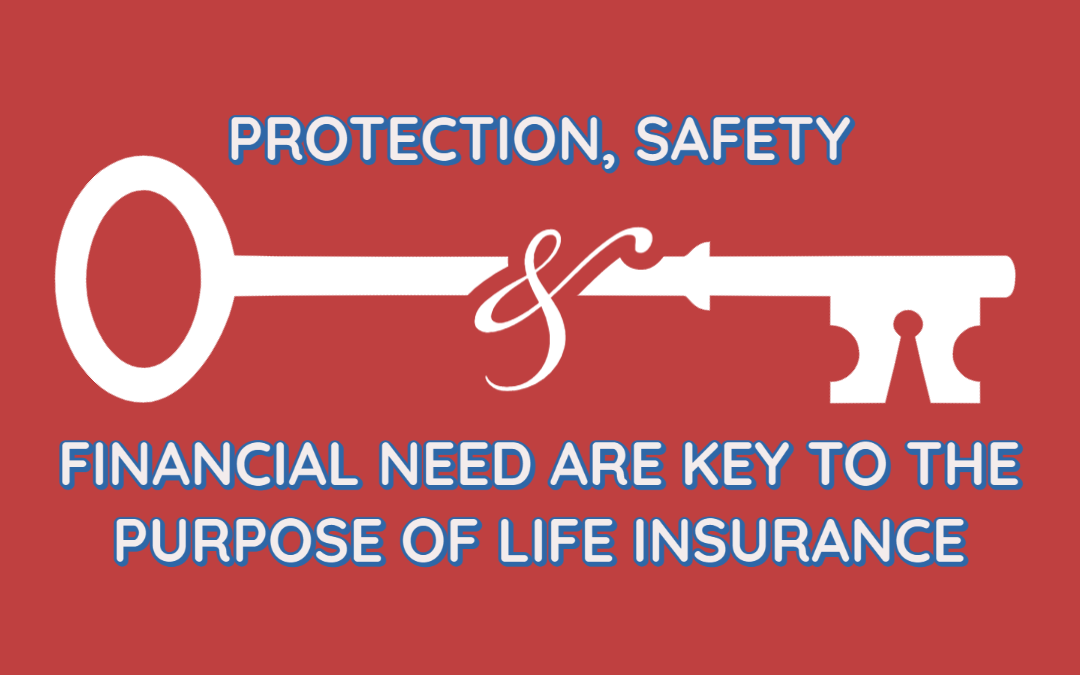The Single Strategy To Use For Pacific Prime

This drop of virtually 2 million in the number of individuals 'without insurance coverage (a reduction of around 4 percent) is definitely a positive modification. With a softer economic situation in 2000 the most recent reported gains in insurance policy coverage might not proceed (Fronstin, 2001) (group insurance plans). The decline in the number of without insurance will not proceed if the economy continues to be slow and healthcare costs remain to outmatch inflation
This is due to the fact that the data were collected for a duration of solid financial efficiency. Of the estimated 42 million people who were uninsured, just about concerning 420,000 (about 1 percent) were under 65 years of age, the age at which most Americans become qualified for Medicare; 32 million were adults between ages 18 and 65, around 19 percent of all adults in this age group; and 10 million were children under 18 years old, regarding 13.9 percent of all youngsters (Mills, 2000).
These quotes of the variety of individuals without insurance are generated from the yearly March Supplement to the Present Population Study (CPS), carried out by the Demographics Bureau. Unless or else noted, nationwide estimates of people without medical insurance and percentages of the population with different kinds of protection are based on the CPS, the most commonly used source of quotes of insurance policy coverage and uninsurance prices.
Little Known Facts About Pacific Prime.

Still, the CPS is particularly helpful since it generates annual quotes fairly swiftly, reporting the previous year's insurance policy protection estimates each September, and since it is the basis for a constant collection of price quotes for greater than two decades, enabling evaluation of patterns in insurance coverage with time. For these factors, as well as the comprehensive usage of the CPS in various other research studies of insurance coverage that are offered in this record, we depend on CPS estimates, with restrictions noted.

The price quote of the variety of without insurance individuals broadens when a population's insurance policy standing is tracked for a number of years. Over a three-year period beginning early in visit this site right here 1993, 72 million people, 29 percent of the U.S. https://www.openlearning.com/u/freddysmith-sba6sp/. population, were without protection for at the very least one month. Within a solitary year (1994 ), 53 million people experienced a minimum of a month without protection (Bennefield, 1998a)
Six out of every ten uninsured adults are themselves utilized. Working does boost the probability that one and one's family members will have insurance, it is not an assurance. Even members of families with 2 permanent breadwinner have practically a one-in-ten possibility of being uninsured (9.1 percent uninsured rate) (Hoffman and Pohl, 2000).
A Biased View of Pacific Prime
New immigrants make up a considerable proportion of individuals without medical insurance. One analysis has associated a substantial section of the recent growth in the size of the united state without insurance populace to immigrants that arrived in the nation between 1994 and 1998 (Camarota and Edwards, 2000). Current immigrants (those who concerned the USA within the past four years) do have a high price of being without insurance (46 percent), however they and their children account for simply 6 percent of those without insurance coverage country wide (Holahan et al., 2001).
The connection between medical insurance and access to care is well developed, as recorded later on in this phase. The partnership in between health insurance policy and health and wellness results is neither direct nor simple, a comprehensive medical and health and wellness services study literary works links wellness insurance policy coverage to improved access to care, far better high quality, and improved individual and populace health and wellness condition.
Levels of evaluation for analyzing the impacts of uninsurance. This discussion of medical insurance protection focuses largely on the U.S. population under age 65 because essentially all Americans 65 and older have Medicare or other public insurance coverage. It concentrates particularly on those without any type of wellness insurance coverage for any length of time.
Some Known Questions About Pacific Prime.
The issues dealt with by the underinsured are in some areas comparable to those encountered by the uninsured, although they are typically much less extreme. Health and wellness insurance, however, is neither necessary nor adequate to get access to clinical solutions. The independent and direct result of health insurance protection on access to health and wellness solutions is well established.
Others will obtain the healthcare they need even without medical insurance, by paying for it out of pocket or seeking it from providers that provide treatment cost-free or at highly subsidized prices. For still others, health and wellness insurance policy alone does not ensure invoice of care as a result of various other nonfinancial barriers, such as an absence of health and wellness care carriers in their neighborhood, minimal access to transport, illiteracy, or linguistic and social distinctions.
All About Pacific Prime
Formal study regarding uninsured populations in the United States dates to the late 1920s and early 1930s when the Committee on the Price of Treatment generated a series of reports about financing medical professional workplace brows through and hospital stays. This concern became prominent as the varieties of clinically indigent climbed during the Great Anxiety.
Comments on “3 Simple Techniques For Pacific Prime”